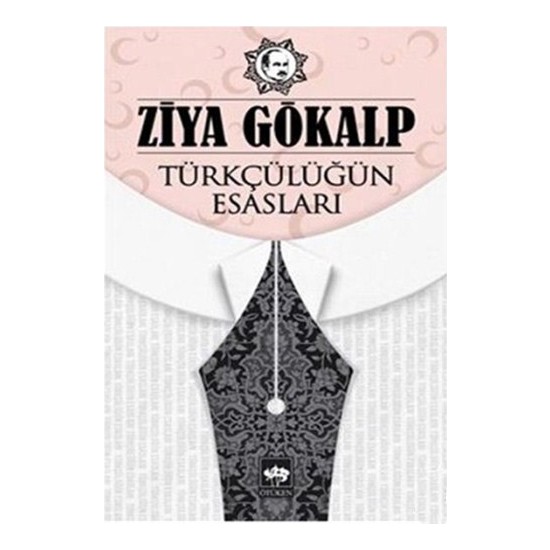
It is proposed that both Mazzini and Gökalp went through ideological transformations that made them firm opponents of German Romanticism and ardent believers of the Enlightenment, as shown in their non-exclusionary approaches to nationalism. The article also notes remarkable similarities between Akif and Indian thinker Muḥammad Iqbāl (1877–1938), whom Akif was instrumental in introducing to Arab audiences, and suggests that, once political Islam had later gained currency across all fields of public life, Akif became an alternative to nationalist icon Ziya Gökalp (1876–1924) as an intellectual symbol of the republic.In contrast with the distorted and romanticized images reproduced by far-right narratives, we argue in this study that the constructive ideals of “nation” held by Italy’s Giuseppe Mazzini and Turkey’s Ziya Gökalp, from two later examples of European nationalism, could fit into what might be called a “proto-modernism” within nationalism theories. Through Akif’s poetry, articles, translations, correspondence from his exile in Egypt, and biographical detail revealed in the scattered memoirs of students and colleagues, this article offers a reappraisal of his thought as a leading Muslim modernist who adapted the thinking of Egyptian religious scholar Muḥammad ʿAbduh (1849–1905) to an Ottoman and then Turkish audience in the formulation of an early, prescient compromise between religion and nationalism. Late Ottoman intellectual Mehmed Akif (1873–1936) was for decades depicted in Turkish public discourse in generic terms as an Islamist radical opposed to the secular nation state. Envisioning Turco-Arab coexistence was a serious feature of policy debates, especially in the years of crisis from the Balkan Wars to the settlement of post-Ottoman nation-states in the aftermath of the First World War.

In order to correct this misperception, I will illustrate the existence of corresponding Turkish voices and visions of federalism and multinationalism. While the federalist ideas of Ottoman Arabs are far better known in the academic literature, in regards to Ottoman Turks, the commonplace interpretations follow the teleology of the Turkish nation-state formation. For contemporaries, however, different models of federalism and multinationalism offered solutions to save the Ottoman Empire and safeguard Turco-Arab coexistence. The Ottoman Empire neither survived the Great War nor made way for a multinational coexistence of Turks and Arabs.

The idea of a continued Turco-Arab coexistence under the Ottoman Sultanate might appear counterfactual or marginal-if not nostalgic-from the sober vantage of knowing "the end of history".


 0 kommentar(er)
0 kommentar(er)
